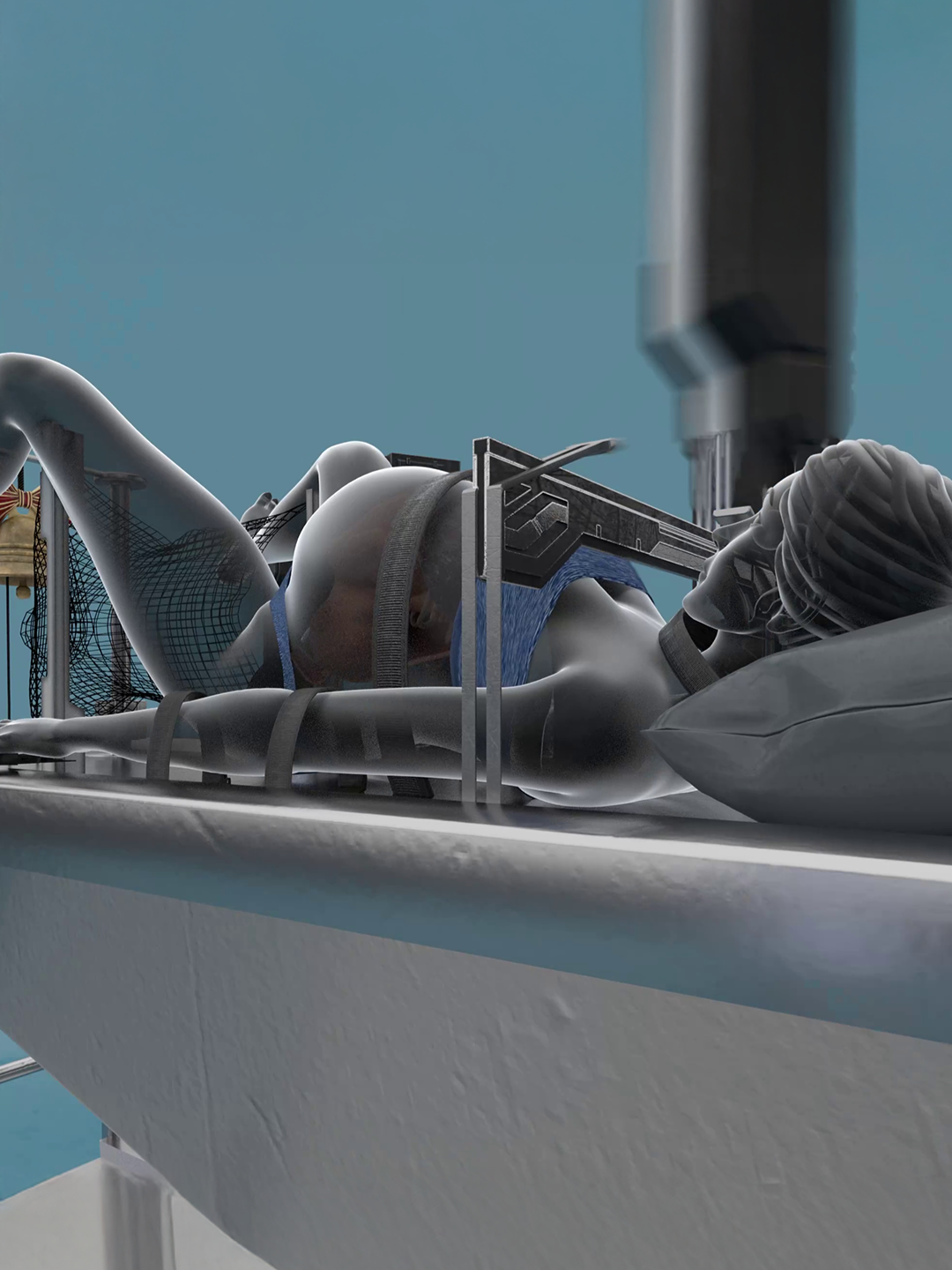mb
Region: BR
Monday 25 November 2024 23:29:44 GMT
7673
69
8
16
Music
Download
Comments
l.guilherme007 :
Como faço pra comprar ?
2025-01-22 22:21:04
0
Luara Nando :
Tem o tema do thomas e seus amigos ?
2025-01-03 00:52:08
0
Francisco Nascimento :
🎅🏻
2024-12-22 23:49:51
1
anajhu :
🥰
2025-01-20 13:14:44
0
Carol de Souza :
🥰🥰🥰
2025-01-07 20:33:47
0
Raysa Monaliza :
😂
2025-01-07 18:41:03
0
São Paulino Clubista 🔴⚪⚫ :
😂
2025-01-01 02:12:47
0
SeleçõesamazondaZay :
Prepare-se para um ano letivo 2025 com os melhores produtos de volta às aulas. Tenha praticidade, qualidade e economia em cada escolha. Tudinho aqui n
2025-01-03 23:04:04
0
To see more videos from user @lojamanobrasil, please go to the Tikwm
homepage.





